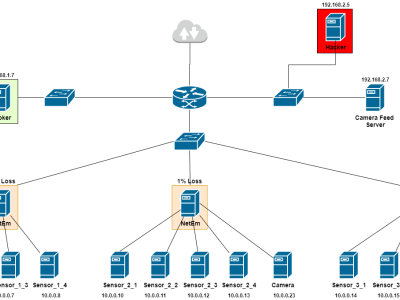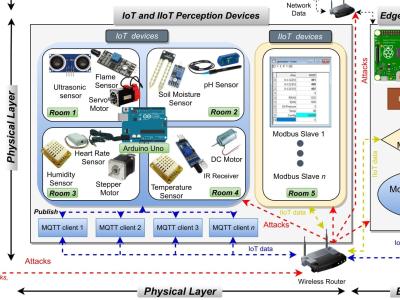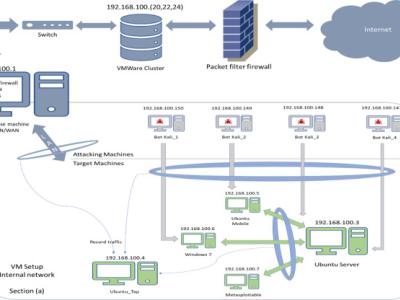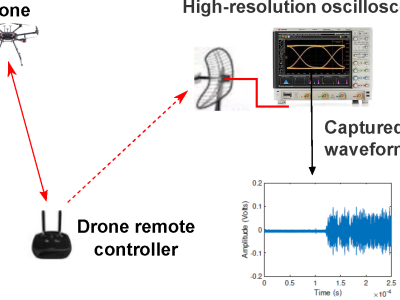LoRa based Wireless Sensor Network for Environmental Monitoring - Dataset
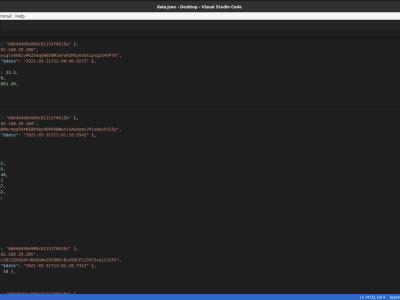
- Citation Author(s):
-
Ovean SHariharan N RMohammed Riyas A
- Submitted by:
- Praveen Elumalai
- Last updated:
- DOI:
- 10.21227/2g7j-e111
- Data Format:
 1795 views
1795 views
- Categories:
- Keywords:
Abstract
As Science and technology evolve, the environment is getting affected daily. These cause major environmental issues like Global Warming, Ozone layer depletion, Natural resource depletion, etc. These are measured and regulated by local bodies. The data given by the local bodies are average values for a large area, those data might be inaccurate for a small sector or isolated zone. However, there are few techniques such as WSN (Wireless Sensor Networks), IoT (Internet of things) which measures and updates real-time data to a cloud server to overcome the trouble. But, in some cases, internet or even WiFi connectivity may be unavailable and sometimes it is necessary to stay away from IoT insecurities and vulnerabilities. To solve the above-mentioned issue by creating a local server with an alternate wireless technology such as LoRa, NB-IoT is one of the ways. This paper explains a method where LoRa is used as a transmission medium that ensures low interference and provides long-range communication along with a private/local server. Various nodes have different sensors embedded along with a microcontroller that samples and transfers the data over LoRa. These nodes are modular making the entire network scalable. The LoRa gateway further processes the data that is received and sends it to a web server for storing it in the database. The raw data thus stored is fetched and processed for easy visualization in a web based GUI.
Instructions:
The dataset provided here is raw reading collected by the sensor nodes in JSON format.
Each Reading has a unique Object ID, API Key and Data associated with it. The data section contains the reading from the sensors and varies according to the different node types.
The reading from the sensor has the following units:
* Temperature - °C
* Humidity - RH
* Methane - ppm
* Carbon Monoxide - ppm
* PM1/PM2.5/PM10 - ug/m3
* UV - -
The devices files contains the entry (registration) of a device along with the API Key. This dataset decides whether a particular device is allowed to modify or read data.
This data can be opened on most of the text editor.



